Author: Ryan Hansen
First released by New Zealand’s Department of Scientific and Industrial Research in 1972, Green Bullet is a triploid variety bred from Fuggle and an unnamed native hop. With its high alpha acid content, Green Bullet is known to impart a clean bitterness, though when used later in the process, it contributes dark fruit, floral, earthy, and slightly spicy notes to beer.
 Alpha: 12 – 14%
Alpha: 12 – 14%
Beta: 6.5 – 7%
Cohumulone: 38 – 39% of alpha acids
Total Oil: 1 – 1.4 mL/100g
Myrcene: 40 – 50%
Humulene: 14 – 18%
Caryophyllene: 2 – 6%
Farnesene: > 1%
Linalool: > 1%
Geraniol: 0.5 – 1%
ß-Pinene: > 1%
Parentage: Fuggle and an unspecified New Zealand variety
While I’ve used various New Zealand hops over the years, Green Bullet wasn’t one of them, which made me all the more excited to learn more about it by seeing what blind tasters think of a Pale Ale hopped entirely with this variety.
| MAKING THE BEER |
I went with our standard Hop Chronicles Pale Ale recipe for this batch, making small adjustments to the kettle hop additions to keep the bitterness in check.
Green Bullet Pale Ale
Recipe Details
| Batch Size | Boil Time | IBU | SRM | Est. OG | Est. FG | ABV |
|---|---|---|---|---|---|---|
| 5.5 gal | 30 min | 39.8 | 3.8 SRM | 1.052 | 1.008 | 5.78 % |
| Actuals | 1.052 | 1.008 | 5.78 % | |||
Fermentables
| Name | Amount | % |
|---|---|---|
| Pale Malt | 10 lbs | 83.33 |
| Vienna Malt | 2 lbs | 16.67 |
Hops
| Name | Amount | Time | Use | Form | Alpha % |
|---|---|---|---|---|---|
| Green Bullet | 12 g | 60 min | Boil | Pellet | 12.9 |
| Green Bullet | 9 g | 30 min | Boil | Pellet | 12.9 |
| Green Bullet | 10 g | 15 min | Boil | Pellet | 12.9 |
| Green Bullet | 56 g | 2 min | Boil | Pellet | 12.9 |
| Green Bullet | 56 g | 3 days | Dry Hop | Pellet | 12.9 |
Yeast
| Name | Lab | Attenuation | Temperature |
|---|---|---|---|
| Flagship (A07) | Imperial Yeast | 75% | 32°F - 32°F |
Notes
| Water Profile: Ca 92 | Mg 1 | Na 10 | SO4 153 | Cl 50 |
Download
| Download this recipe's BeerXML file |
I started off my brew day by flipping the switch on my controller to heat up the RO water I’d previously adjusted to my desired profile before weighing out and milling the grain.
When the water was properly heated, I had my assistant stir in the grains.
After setting the controller on my 120v Clawhammer Supply system to maintain my desired mash temperature of 152°F/67°C before preparing the kettle hop additions.
Once the 60 minute mash rest was complete, I removed the grains and proceeded to boil for 60 minutes, adding hops at the times stated in the recipe.
When the boil was finished, I used my CFC to chill the wort during transfer to a sanitized fermenter.
With a refractometer reading showed the wort was at my target 1.052 OG, I direct pitched a single pouch of Imperial Yeast A07 Flagship into the wort.
The beer was left to ferment at 66°F/19°C for 4 days before I added the dry hops.
After another week, I took a hydrometer measurement confirming FG was reached.
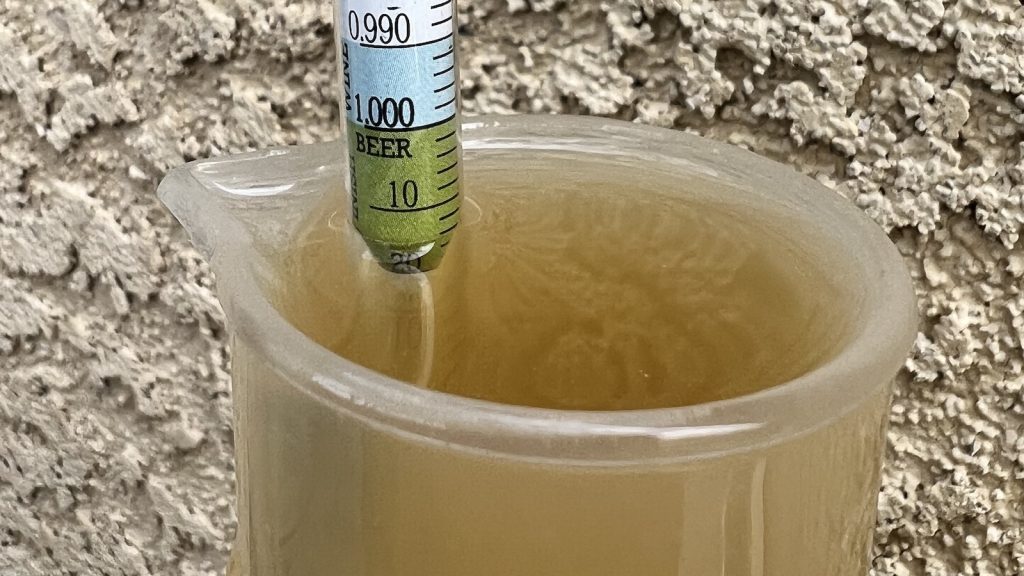
At this point, I pressure-transferred the beer to a CO2 purged keg.
The filled keg was placed in my cold box and burst carbonated overnight before I reduced the gas to serving pressure. After a week of conditioning, it was ready to serve to blind tasters.
| METHOD |
Participants were instructed to focus only on the aromatic qualities of the beer before evaluating the flavor. For each aroma and flavor descriptor, tasters were asked to write-in the perceived strength of that particular characteristic on a 0-9 scale where a rating of 0 meant they did not perceive the character at all and a 9 rating meant the character was extremely strong. Once the data was collected, the average rating of each aroma and flavor descriptor was compiled and analyzed.
| RESULTS |
A total of 18 people participated in the evaluation of this beer, all blind to the hop variety used until after they completed the survey. The average aroma and flavor ratings for each descriptor were plotted on a radar graph.
Average Ratings of Aroma and Flavor Perceptions
The 3 characteristics endorsed as being most prominent by participants:
| Aroma | Flavor |
| Tropical Fruit | Tropical Fruit |
| Melon | Stone Fruit |
| Apple/Pear | Melon |
The 3 characteristics endorsed as being least prominent by participants:
| Aroma | Flavor |
| Onion/Garlic | Onion/Garlic + Dank/Catty (tie) |
| Dank/Catty | Resinous |
| Pine | Pine |
Next, participants were asked to rate the pungency/strength of the hop.
Tasters were then instructed to identify beer styles they thought the hop would work well in.
Finally, participants were asked to rate how much they enjoyed the hop character on a 1 to 10 scale.
My Impressions: The most prominent characteristics I got from this single hop Green Bullet Pale Ale was honeydew and cantaloupe with hints of tropical fruit and floral in the finish. In addition, the bitterness was clean with no notable harshness.
| CONCLUSION |
New Zealand hops have gotten quite a lot of attention recently, largely due possessing unique and highly desirable fruity characteristics that work well in modern versions of IPA. Released over 50 years ago, Green Bullet is a high alpha variety that’s know for its smooth bitterness while also contributing a menagerie of aromatics. The most prominent aroma and flavor characteristics noted by blind tasters of a Pale Ale hopped entirely with Green Bullet were tropical fruit, melon, stone fruit, and apple/pear, while less desirable onion/garlic and dank/catty were the lowest rated descriptors. Despite overwhelmingly thinking the hop pungency in this beer was mild to moderate, most tasters felt it would work well in IPA/APA, while a handful of other styles were also endorsed ranging from Pilsner to Stout. As is the case with most single hop beers I’ve tried, this Green Bullet Pale Ale wasn’t necessarily a shocker, though I found the blend of tropical fruit and melon to be rather pleasant. I’d be curious to see how this hop works when used in lower quantities in less hoppy styles, though I could also see it being a nice supplement to more pungently fruity American and New World varieties.
Green Bullet hops are available now at Yakima Valley Hops, get some while you can! If you have any thoughts on this variety, please feel free to share them in the comments section below.
Support Brülosophy In Style!
All designs are available in various colors and sizes on Amazon!
Follow Brülosophy on:
FACEBOOK | TWITTER | INSTAGRAM
If you enjoy this stuff and feel compelled to support Brulosophy.com, please check out the Support page for details on how you can very easily do so. Thanks!



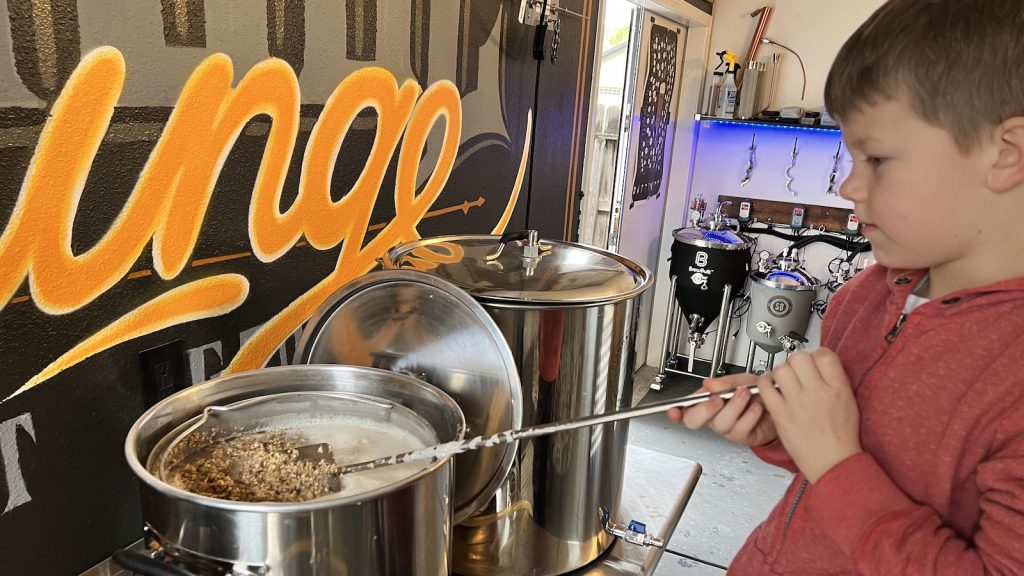
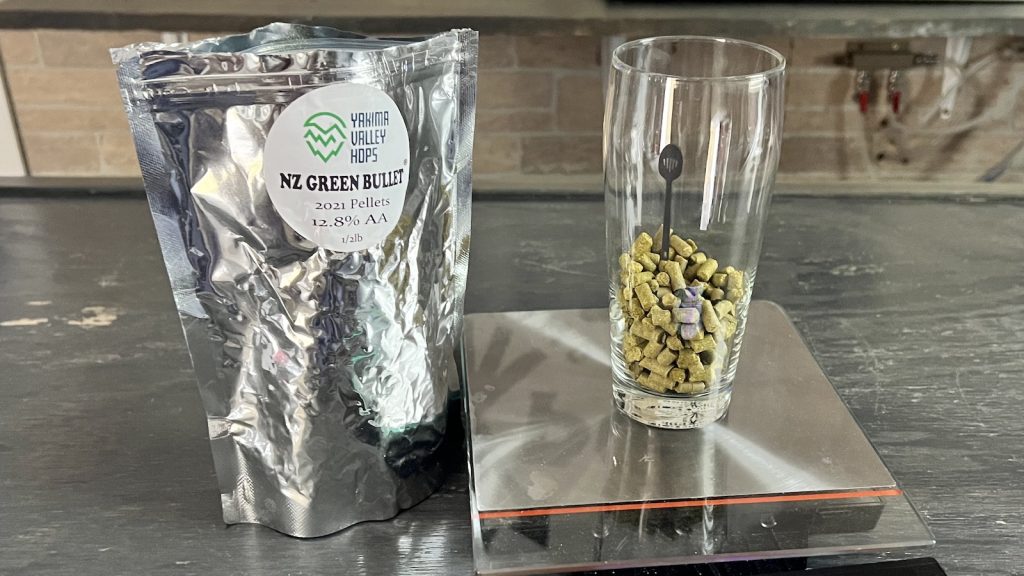

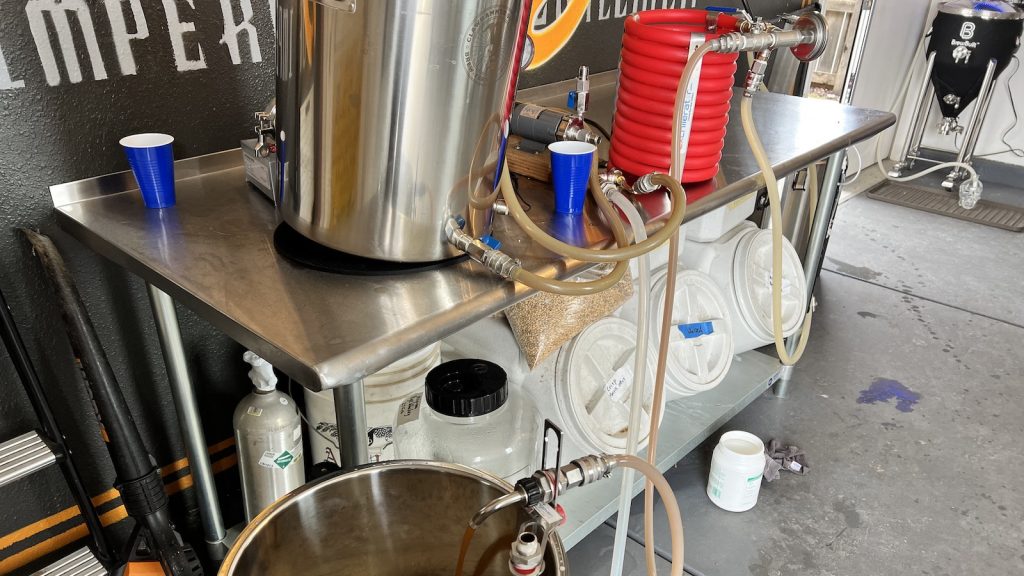
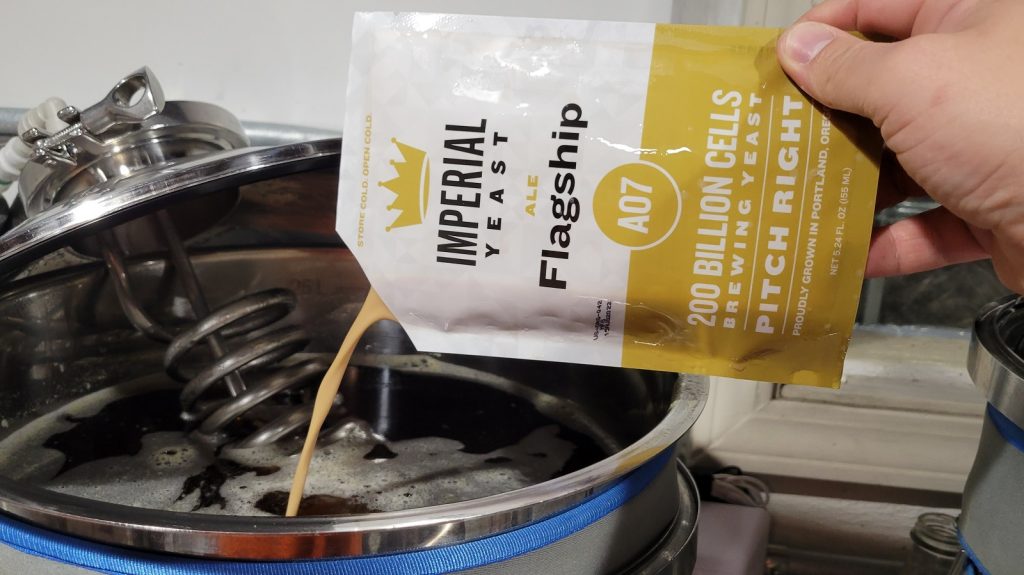
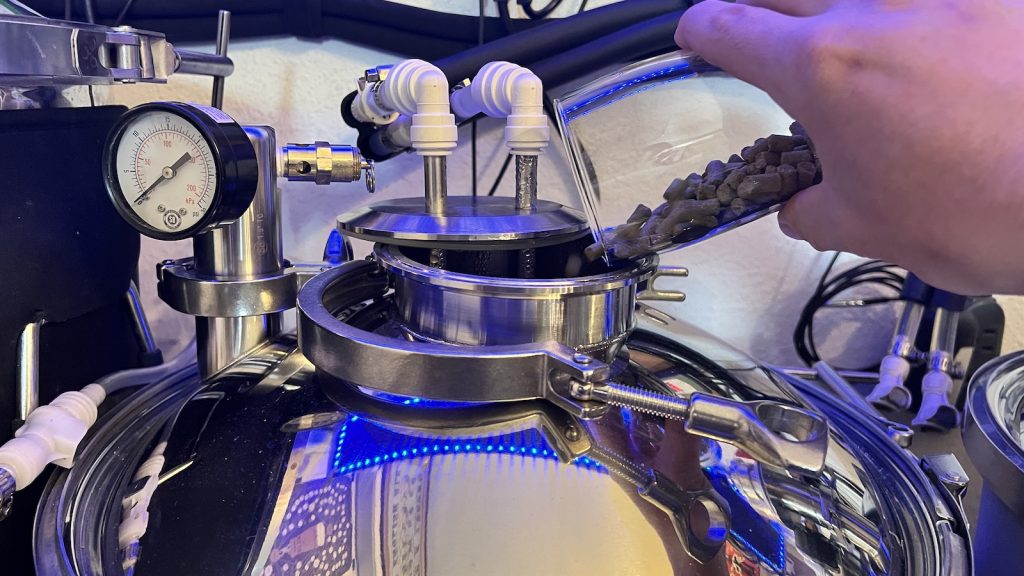
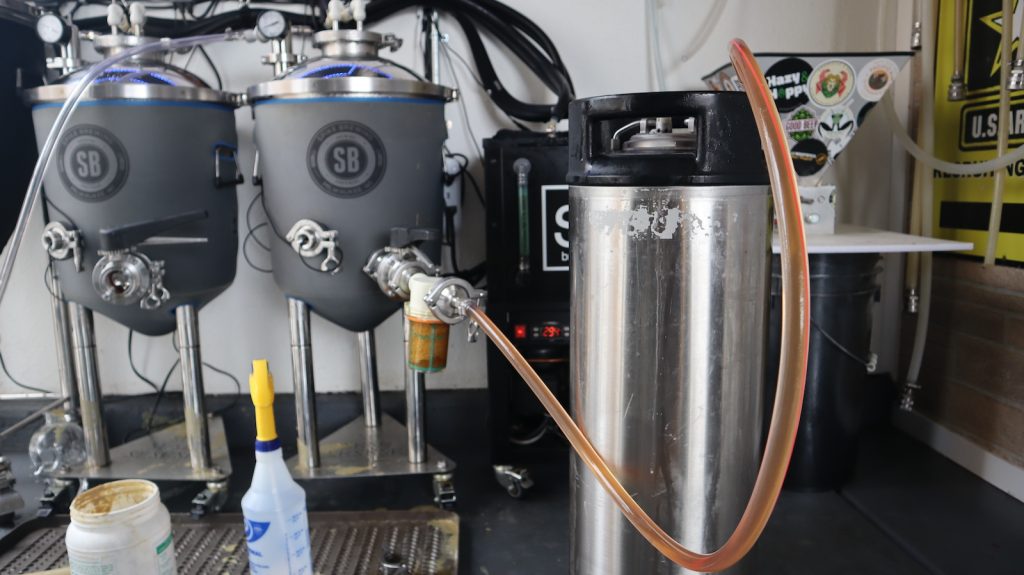
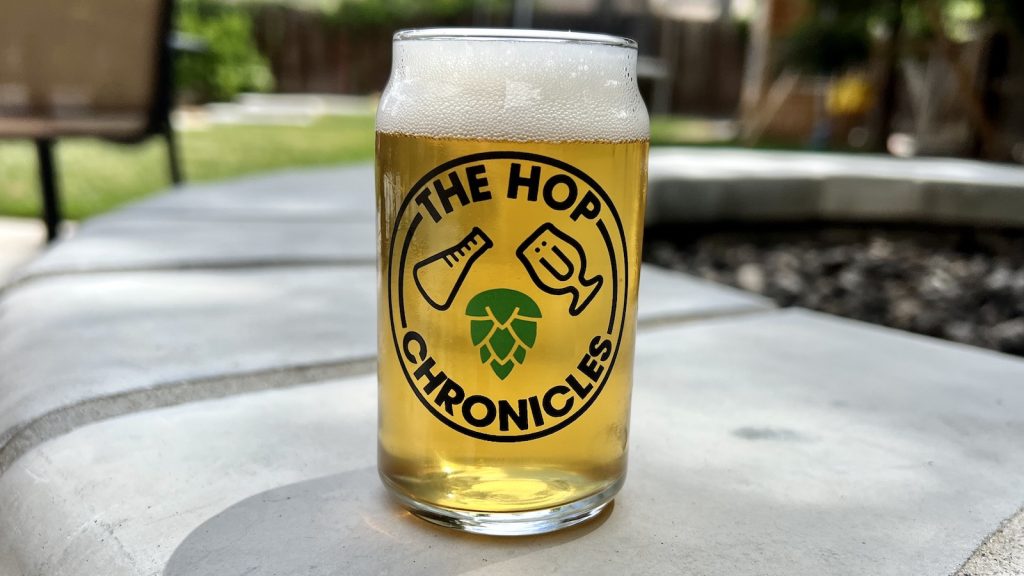

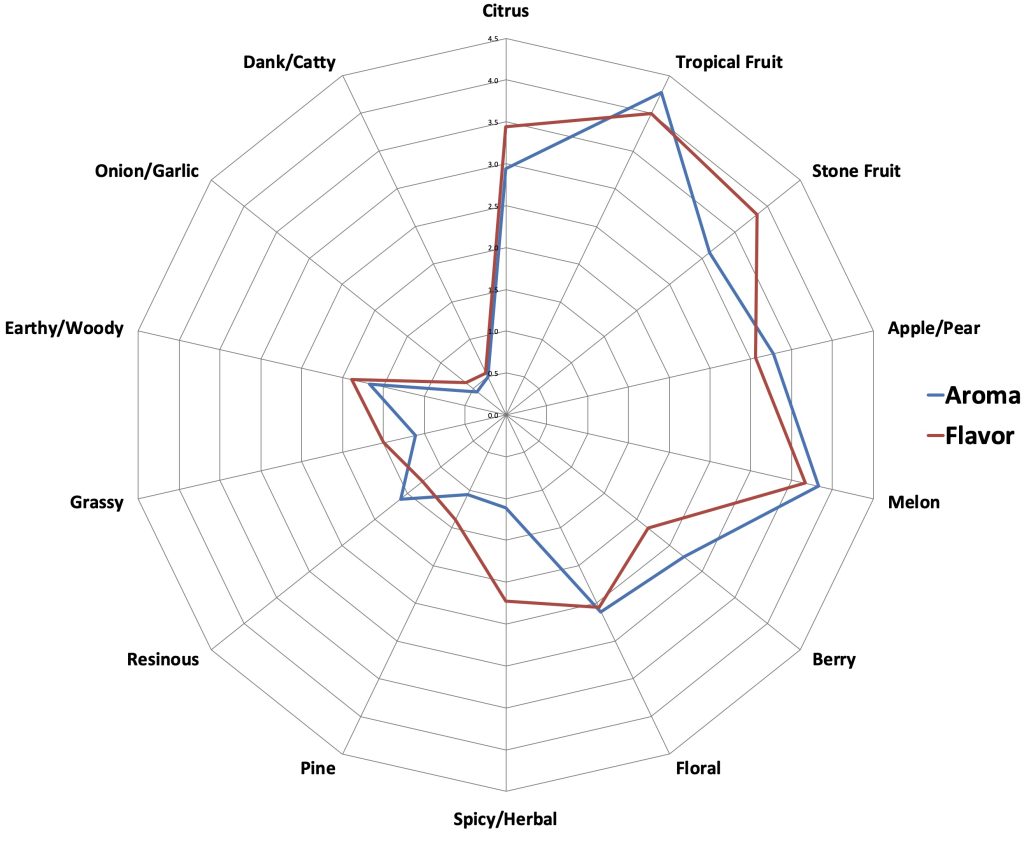
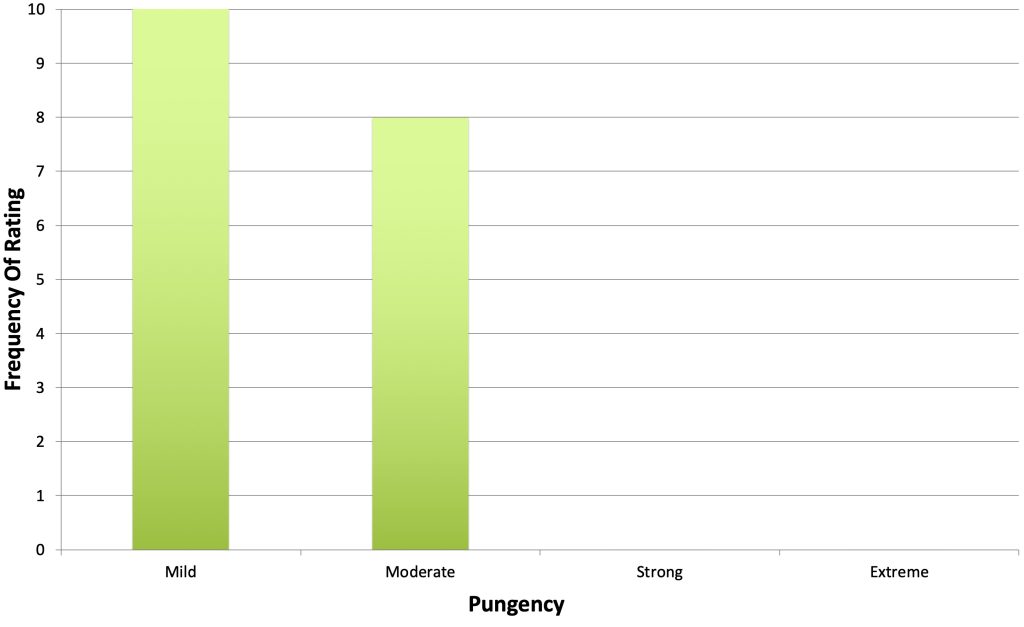
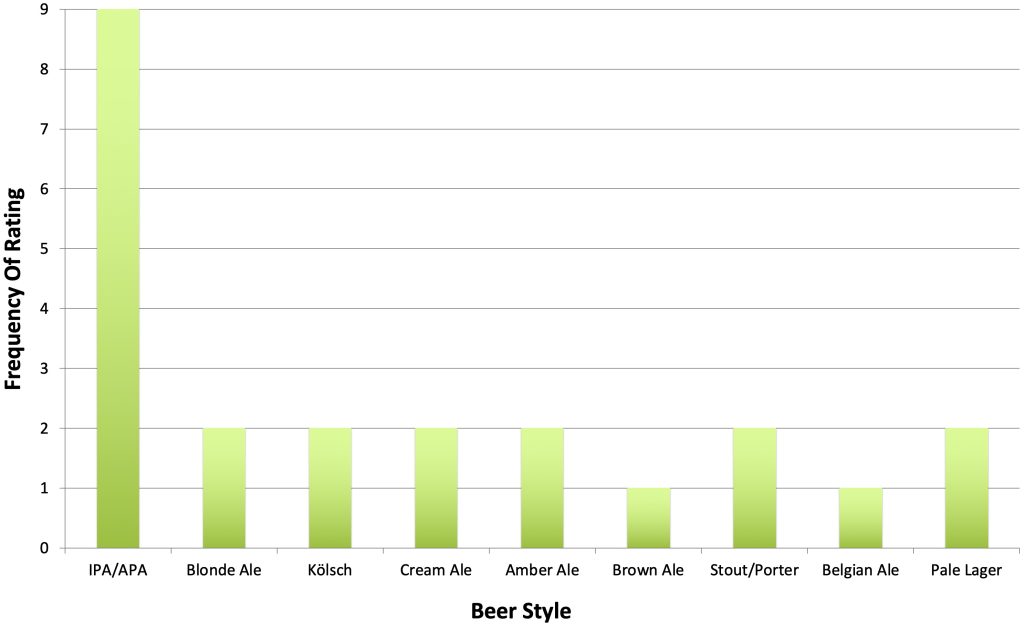
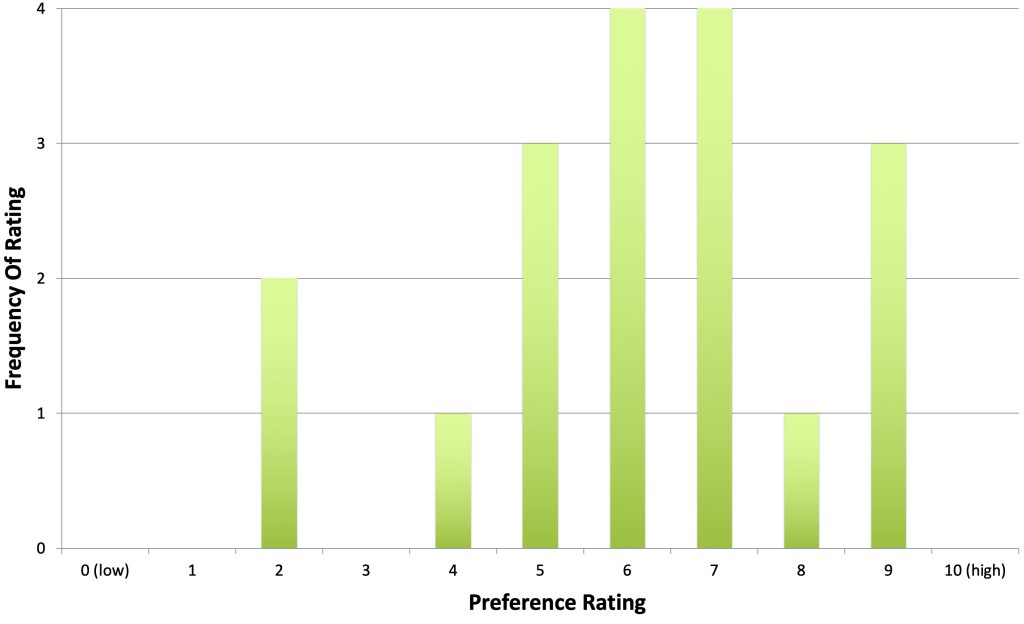






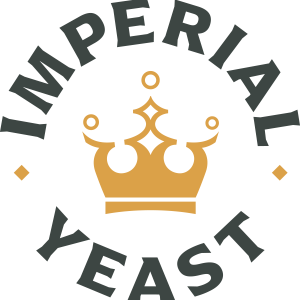

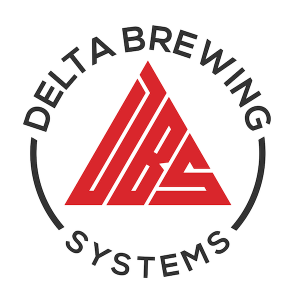


3 thoughts on “The Hop Chronicles | Green Bullet (2021) Pale Ale”
I’ve used Green Bullet as a Dry Hop (active & post), paired with Magnum as the bittering hop in a Cascadian Ale/Black IPA and it seems to be mostly stone fruit aroma & flavor. Since you found the bitterness to be clean, I might consider going all Bullet with a single very early boil or first-wort addition instead. It would be interesting to see if isolated to other parts of the process, which flavors/aromas shine. I think single-hop beers are great to learn all a hop can do, but I’m also curious where additions should happen to coax a particular aroma/flavor from it.
Greenbullet is used almost exclusively in lagers in New Zealand. It’s the ‘iconic’ hop used in Steinlager, a green bottle macro lager. Somewhat similar to a Heineken
Being based in NZ, GB is the only hop I always have around it bulk. I usually use it for bittering but after reading this I’m keen to try it in a SMASH pale.